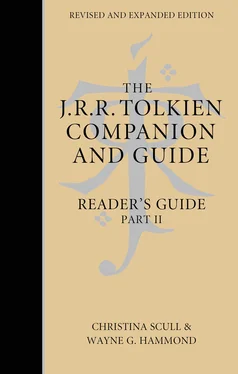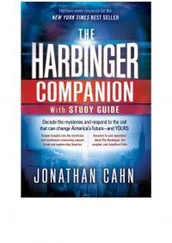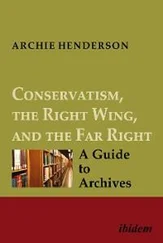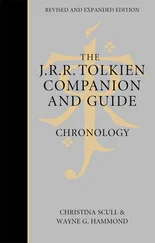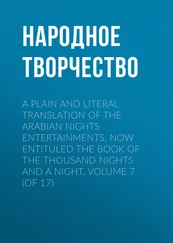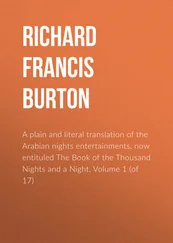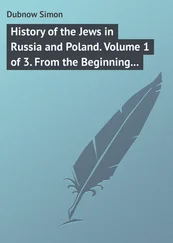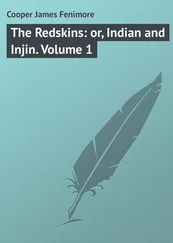During the nineteenth century scholars in Northern Europe began to discover and take pride in a common ‘Northern’ heritage, recognizing a culture and literature which they could place beside, and contrast with, the long-established classical traditions of Greece and Rome. Comparative Philology showed the roots and interrelationship of Germanic and Scandinavian languages. The literature of Iceland, previously little known, was seen as a major contribution to the ‘Northern’ heritage, and there was also an interest in that country’s early form of democracy. An article in the Oxford Magazine applauding the establishment of the Vigfússon Readership in Ancient Icelandic Literature and Antiquities at *Oxford in 1941 hailed ‘this new link … forged between Iceland and England: the lands of thousand-year-old Althing and venerable Parliament; the lands of two ancient European vernacular literatures, through the splendid fragments of whose combined traditions we can look beyond the Middle Age[s] and glimpse the far past of the North’ (‘The Vigfússon Readership’, Oxford Magazine , 13 November 1941, p. 65).
But this interest in the North was not confined to scholars. Marjorie J. Burns notes in ‘J.R.R. Tolkien and the Journey North’, Mythlore 15, no. 4, whole no. 58 (Summer 1989), that
by 1892, when Tolkien was born, English popular thought had for some time been turning from the classical world. Southern tastes and southern considerations, particularly from mid-century onward, had been increasingly replaced by Northern ideals. Britain’s Nordic ancestry was taken up like a banner and pointed to as indicative of all that the nation should hold in highest esteem ….
The English, who had previously played down their Northern ties, now chose to deny their Southern past, to see the South as un-English, as decadent, feeble, and lacking in vigor or will …. Neither position is just, of course. Culturally, linguistically, racially, England’s heritage is mixed; but Northern Romanticism, and that human knack of ignoring what doesn’t appeal, now allowed the English to see themselves basically as Norsemen only slightly diluted in race, as Vikings only slightly tempered by time. [p. 5]
For a study in depth of this fascination with the North, see Andrew Wawm, The Vikings and the Victorians: Inventing the Old North in 19th-Century Britain (2000).
Tolkien says in * On Fairy-Stories that of all his childhood reading he most enjoyed ‘the nameless North of Sigurd of the Völsungs, and the prince of all dragons. Such lands were pre-eminently desirable’ (* Tree and Leaf , p. 40). The ‘Story of Sigurd’ he read, in *Andrew Lang’s Red Fairy Book (1890), was written for children, based on the translation by *William Morris of the Old Norse (or Icelandic) Völsunga Saga . The legend of Sigurd provides a good example of the common heritage of Northern Europe: it appears in medieval works written in different languages and places, including the Elder (or Poetic) Edda, the Völsunga Saga (founded on the Elder Edda), and Snorri Sturluson’s Prose Edda (Old Norse); Þidreks Saga (a Norwegian translation of northern German heroic tales); and the Nibelungenlied (a southern German or Austrian heroic epic). A version was also known to the Anglo-Saxons, shown by a reference in * Beowulf to Sigemund slaying a dragon guarding a hoard (in most other versions Sigemund is the father of Sigfrid, and not a dragon-slayer).
While still at school, as part of a general interest in German *languages, including Old English and Gothic, Tolkien also began to learn Old Norse so that he could read the story of Sigurd in the original. He shared his appreciation of Icelandic literature with his fellow pupils at *King Edward’s School, Birmingham in a paper on Norse sagas he read to the school Literary Society (*Societies and clubs) on 17 February 1911. According to a report in the King Edward’s School Chronicle , Tolkien described a saga as a
story of things which happened indeed but so long ago that marvels and miracles of the strange old Northern brand have crept into the tale. The best sagas are those of Iceland, and for pictures of human life and character they can hardly be bettered in any literature …. They tell how brave men – of our own blood, perhaps – lived and loved, and fought, and voyaged, and died.
One of the best … is the Völsunga Saga – a strange and glorious tale. It tells of the oldest of treasure hunts: the quest of the red gold of Andvari, the dwarf. It tells of the brave Sigurd Fafnirsbane, who was cursed by the possession of this gold, who, in spite of his greatness, had no happiness from his love for Brynhild. The Saga tells of this and many another strange and thrilling thing. It shows us the highest epic genius struggling out of savagery into complete and conscious humanity. [‘Literary Society’, n.s. 26, no. 186 (March 1911), pp. 19–20]
Tolkien also praised the story of Burnt Njal , and thought Howard the Halt the best among shorter works. He concluded with a sketch of the Norse religion and quotations from various sagas. The Chronicle reporter thought that the passages Tolkien read aloud constituted one of the charms of the paper.
In later years Tolkien continued to find the Völsunga Saga of interest, but did not hold its author in high regard, for it was solely from the Eddaic lays that the saga ‘derives its power and the attraction that it has for all those who come to it’ (quoted in * The Legend of Sigurd and Gudrún , p. 39). He spoke of a similar attraction in his *‘Introduction to the “Elder Edda”’, saying that few who first read an Eddaic poem after a ‘preliminary struggle with Old Norse’ ‘can have missed the sudden recognition that they had unawares met something of tremendous force, something that in parts … is still endowed with an almost demonic energy, in spite of the ruin of its form …. If not felt early in the process it is unlikely to be captured by years of scholarly thraldom; once felt it can never be buried by mountains or molehills of research, and sustains long and wary labour’ ( The Legend of Sigurd and Gudrún , p. 17).
NORTHERN STUDIES AT OXFORD AND LEEDS
When Tolkien transferred from Classics to the English School at Oxford in Trinity Term 1913 he chose for his Special Subject ‘Scandinavian Philology’, which included a study of the literature. In that same term he read a paper on the Norse sagas to the Exeter College Essay Club (*Societies and clubs), perhaps the same as or similar to the paper he gave in Birmingham two years earlier; the brief report in the Stapeldon Magazine (June 1913) gives no details apart from noting that the audience again enjoyed the quotations with which Tolkien ended his talk. Reports in the Stapeldon Magazine and the Essay Club minutes note a similar response to a paper on the Elder Edda which Tolkien, now Rawlinson and Bosworth Professor of Anglo-Saxon, read to the Club on 17 November 1926: ‘The reader, after sketching the character and historical background of the Edda, described certain of the poems. He also gave a number of translations and readings from the Icelandic which demonstrated the peculiar poetic and musical qualities of the language’ (‘Essay Club’, Stapeldon Magazine 7, no. 39 (December 1926), p. 96).
At the University of *Leeds he was concerned with the teaching of Old Icelandic, which was studied in much the same detail as Old English; and as an adjunct, he helped to form a ‘Viking Club’ (*Societies and clubs) which comprised past and present students of Old Icelandic. On his return to Oxford Tolkien established the Kolbítar (*Societies and clubs), dons who met to read in the original and translate all of the major Icelandic Sagas and both Eddas.
Читать дальше
